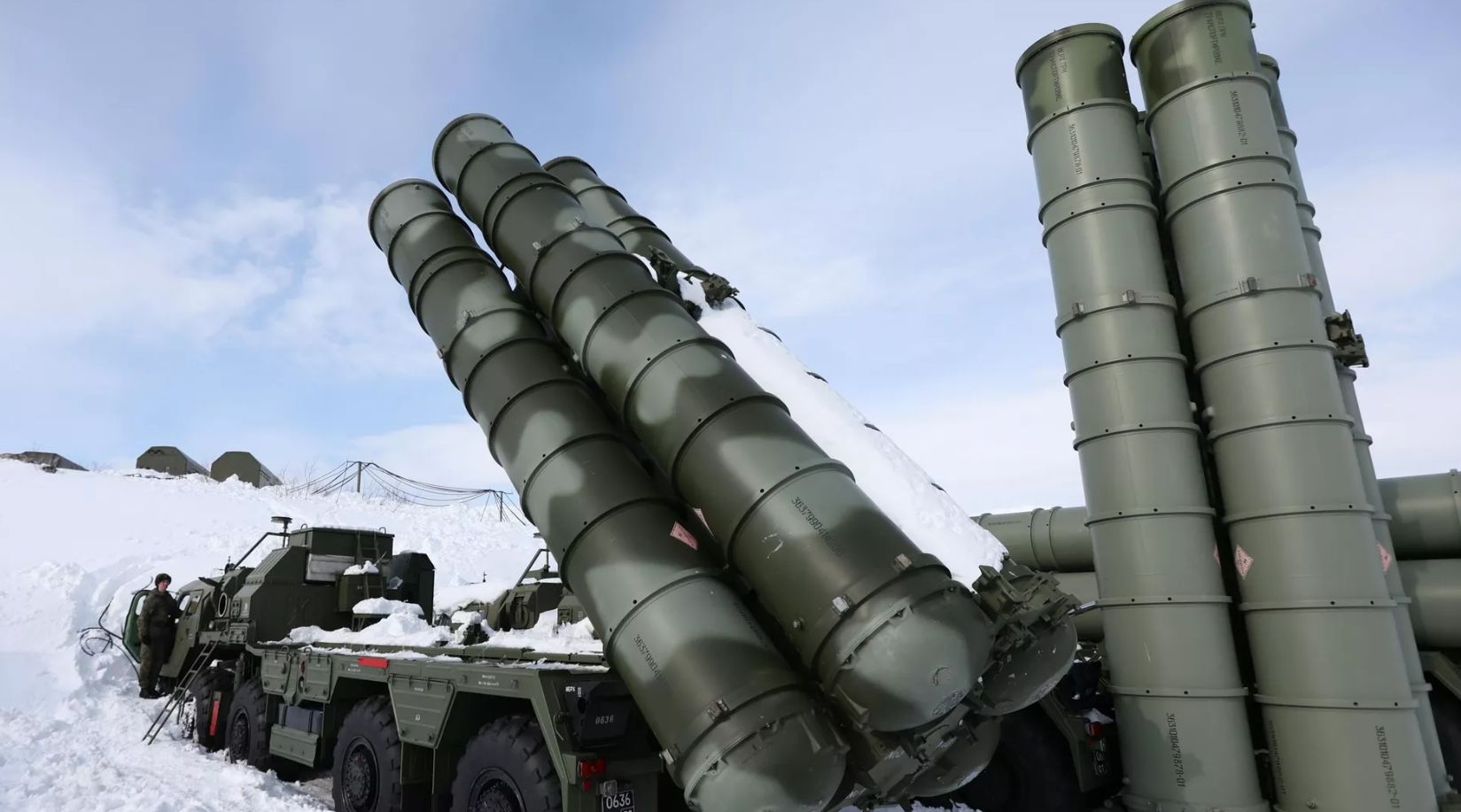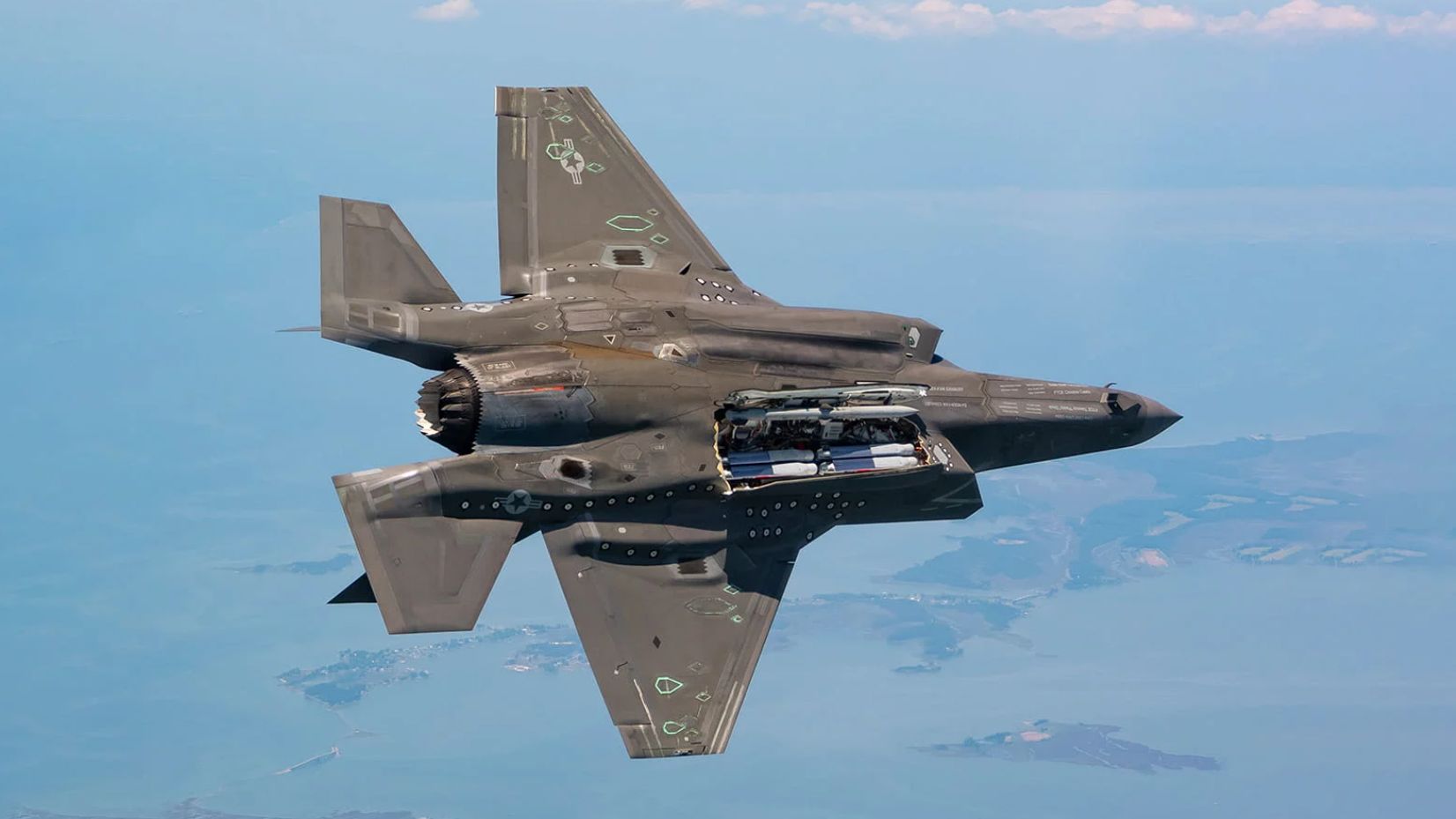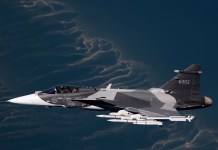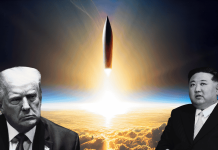Do F-16 fighter jets stand a chance against Russian long-range surface-to-air missiles like the S-400 ‘Triumf’ if they are delivered to Ukraine? The latest contention is that the losses from the duel between S-400 and F-16s will be “unsustainable.”
But the 5th Generation fighter jet, F-35, is better poised to mitigate the threat, an assessment has concluded.
John Venable, Senior Research Fellow Defense Policy at the Heritage Foundation and an F-16 pilot weighed on this debate based on his interviews with a dozen operational pilots from a team called “Weasels.”
The “Weasels” in the early 1990s were tasked with triangulating active surface-to-air-missile (SAM) radars, determining their location, and then attacking them with HARM Targeting System (HTS) pod.
In his commentary, Venable made a case for F-35s: “Weasels are very capable, but they must have ‘line of sight’ to the target, which means they can be shot down by the threats they’re trying to destroy.”
The USAF veteran with 25 years of experience said that the S-400 SAMs were fielded 15 years after the Block 50 F-16 fighter jets and specifically to counter the advantage of the Fighting Falcons. During the war, the F-16 pilots would need to fly close enough to force S-400 operators into turning their systems on, revealing themselves to the Weasels.
“More than a dozen operational Weasel pilots I interviewed in 2017 said the fighter losses from such a dual would be unsustainable. Each conveyed the belief that the only fighter capable of taking on the S-400 and avoiding those losses is the fifth-generation fighter designed specifically for that fight—the F-35,” Venable argued.

Air Dominance Through Long-Range Missiles
The war is between Russia and Ukraine, but both sides are fielding Russian weaponry and SAM systems. Their effectiveness against fourth-generation fighters has dissuaded both countries from using air power systematically.
“The Russian SAM systems fielded by Russians and Ukrainians are so effective against fourth-generation fighters that pilots rarely attack enemy positions because the odds of success (or survival) are so low. The threat has driven both sides to execute sporadic, pop-up attacks or standoff operations with little tactical, much less operational, effect on the battlefield,” Venable said.
While the Ukrainians have S-300, the Russians are deploying the mobile S-400 (known as SA-21 Growler among NATO nations), considered the most advanced SAM system in the world designed to engage targets at ranges of up to 400 kilometers “in an intensive jamming environment.”
The S-400 system can track many stealth targets with high modularity and high mobility, ensuring the system can be deployed and engage targets within minutes. It is lethal against non-stealth fighters.
This has forced the Ukrainian pilots to fly their fourth-generation warplanes outside the S-400’s effective range or to fly at low altitudes until they come up to acquire and hit targets they can find before diving back into low altitude.
Countering S-400 has been the primary focus for NATO countries. The US has provided High-Speed Anti-Radiation Missiles (HARMs) to counter the long-range missiles. To be effective, the HARMS must be launched from within the missile’s maximum range and at radars that are actively emitting.
“With no onboard system that can determine the SAM’s location, or detect its emissions, hitting an S-400 (or any other radar) with a US$200,000 HARM launched from a MiG-29 or SU-27 is little more than blind luck,” adds Venable.
“The F-35 is the only system that can find, fix, and destroy the S-400, and it costs millions less to acquire and 10 percent less to sustain than the fourth-generation F-15EX, a fighter that would be no more effective in Ukraine than the MiG-29s or SU-27s currently operating there,” he said.
While the US hesitates to give F-16s to Ukraine, the scenario of the US providing its latest F-35s to Ukraine is not entertaining. “It is highly unlikely that the US will provide Ukraine with any fighter jets — neither F-16s nor F-35s — as there is no time to provide adequate training to the Ukrainian pilots.
“Also, it will then be a full-fledged war,” said Air Vice Marshal Anil Golani, who retired from the Indian Air Force and has flown Jaguar ground attack aircraft. He is presently the Additional Director General of the Centre of Air Power Studies in New Delhi.
So far, the US Air Force has deployed F-35 stealth fighters to NATO’s eastern edge. The Utah-based 388th and 419th Fighter Wings planes were sent to absorb data from the Russian surface-to-air missiles to understand the threat landscape better and build its database for future conflicts.

“Both the sides (NATO and Russia) are prolonging the war. Russia, at the beginning of the war, did not fully suppress the air power of Ukraine. Ukraine has also shown the use of some innovative ways to counter Russia. Even now, they need to develop tactics to defeat S-400s,” Golani added.
Despite the expert opinion to the contrary, Ukrainian President Volodymyr Zelensky has been vigorously seeking fighter jets. The war-torn country has been requesting fighters for a long time.
The three weapons in the arsenal of F-16 that the Ukrainian Air Force claims can be game-changers are – HARMs, the Small Diameter Bomb (SDB), and the Joint Air-to-Surface Standoff Missile (JASSM). SBDs can glide for dozens of miles after being released and hit mobile targets.
But, the distance that SDBs can glide to is determined by “the altitude and speed at which they are released.” “And even at their longest range, a fourth-generation fighter attempting to employ them would be detected and engaged by S-400s long before it could release those munitions,” Venable adds.
JASSMs are subsonic, stealthy cruise missiles that the latest Block 50/52 F-16s can carry. Older blocks have recently been found capable of carrying JASSMs but have yet to receive software or flight certifications.
“If the war in Ukraine teaches us just one thing about airpower, it’s that fourth-generation platforms have no place on the modern battlefield. Providing Ukraine with F-16s is laudable, but it would be a costly mistake.
“A better strategy would be to give the Ukrainians more air-defense systems like the Patriot to deny Russia air superiority while continuing to supply them with the artillery, rockets, and tanks required to take the fight to that enemy,” Venable sums up.
- Ritu Sharma has been a journalist for over a decade, writing on defense, foreign affairs, and nuclear technology.
- She can be reached at ritu.sharma (at) mail.com




